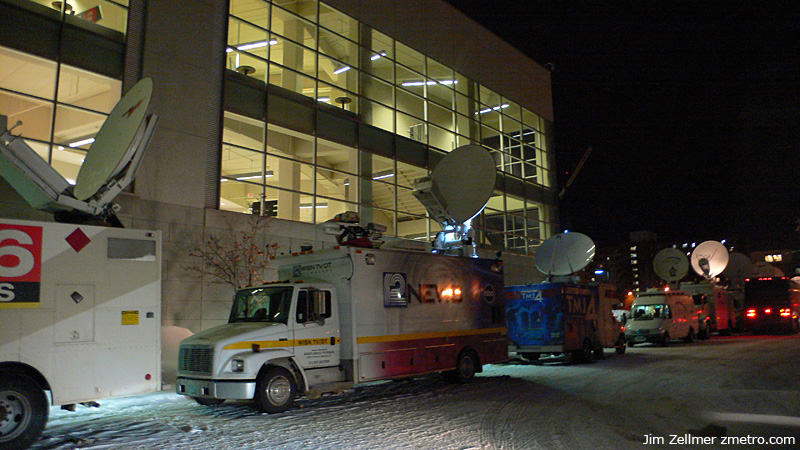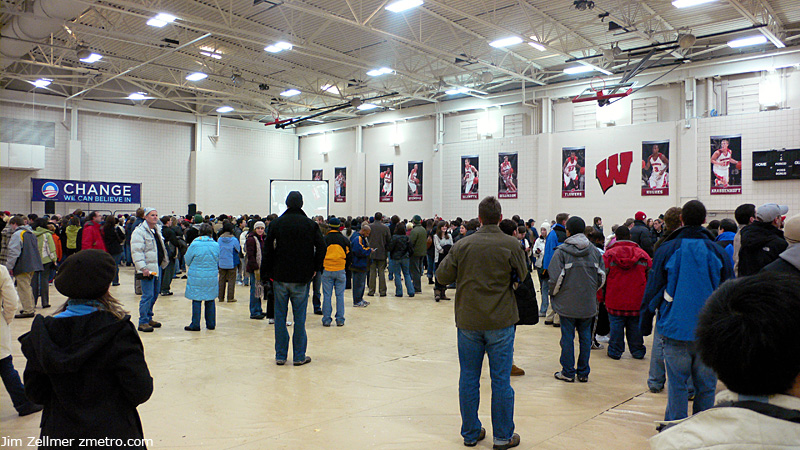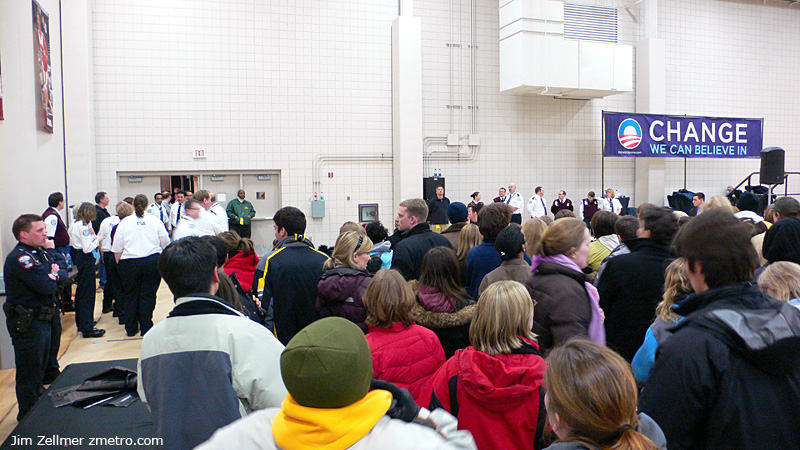“Don’t be evil”, the motto of Google, is tailored to the popular image of the company–and the information economy itself–as a clean, green twenty-first century antidote to the toxic excesses of the past century’s industries. The firm’s plan to develop a gigawatt of new renewable energy recently caused a blip in its stock price and was greeted by the press as a curious act of benevolence. But the move is part of a campaign to compensate for the company’s own excesses, which can be observed on the bansk of the Columbia River, where Google and its rivals are raising server farms to tap into some of the cheapest electricity in North America. The blueprints depicting Google’s data center at The Dalles, Oregon are proof that the Web is no ethereal store of ideas, shimmering over our heads like the aurora borealis. It is a new heavy industry, an energy glutton that is only growing hungrier.
I wonder how the economics and energy consumption details compare between growing web applications and legacy paper based products?




